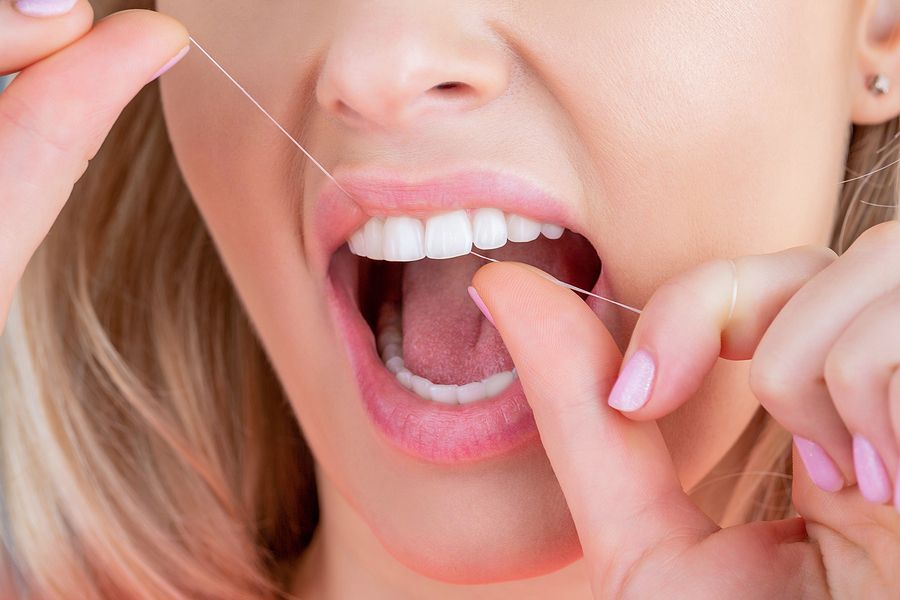Flossing is essential for healthy teeth and gums. While brushing twice daily does the job of keeping the bacteria in the oral cavity in check, it can not clean the areas between the teeth. This is where flossing makes all the difference.
Here are a few insights on flossing from our team at Above and Beyond Dentistry in Lawrenceville, Georgia, that will definitely help you.
How Does Flossing Help Your Teeth?
Plaque feeds on leftover food and sugars in your mouth and builds up on your teeth. Flossing helps get rid of the plaque between the teeth that can cause dental cavities. It also reduces bad breath and fights against gingivitis.
Regular flossing can also help decrease the risk of type 2 diabetes.
ADA Recommendations for Flossing
The American Dental Association recommends cleaning in between your teeth daily with an interdental cleaner like floss to reduce the risk of dental caries. We recommend you pick a dental floss that has the ADA’s seal of acceptance.
How to Floss Your Teeth Efficiently?
As the saying goes, “You don’t have to floss all your teeth, just the ones you want to keep!”.
It is essential to follow the correct technique for flossing as improper flossing can potentially damage your teeth and gums. Here is your ultimate guide to do it the right way:
- Break off about 18 to 24 inches of dental floss and wind most of it around both of your middle fingers. Leave about 1 to 2 inches of floss for your teeth.
- Next, hold the floss taut with your fingers and place it between two teeth.
- Gently glide the floss up and down rubbing against both sides of each tooth. Do not glide it into your gums as this can bruise them.
- When the floss reaches your gums, curve the floss at the base of the tooth to form a C shape. This way, the floss can enter the space between your gums and your teeth properly.
- Repeat the steps as you move from tooth to tooth using a clean section of floss each time.
- Taking good care of your teeth includes brushing and flossing your teeth daily using the correct technique.

